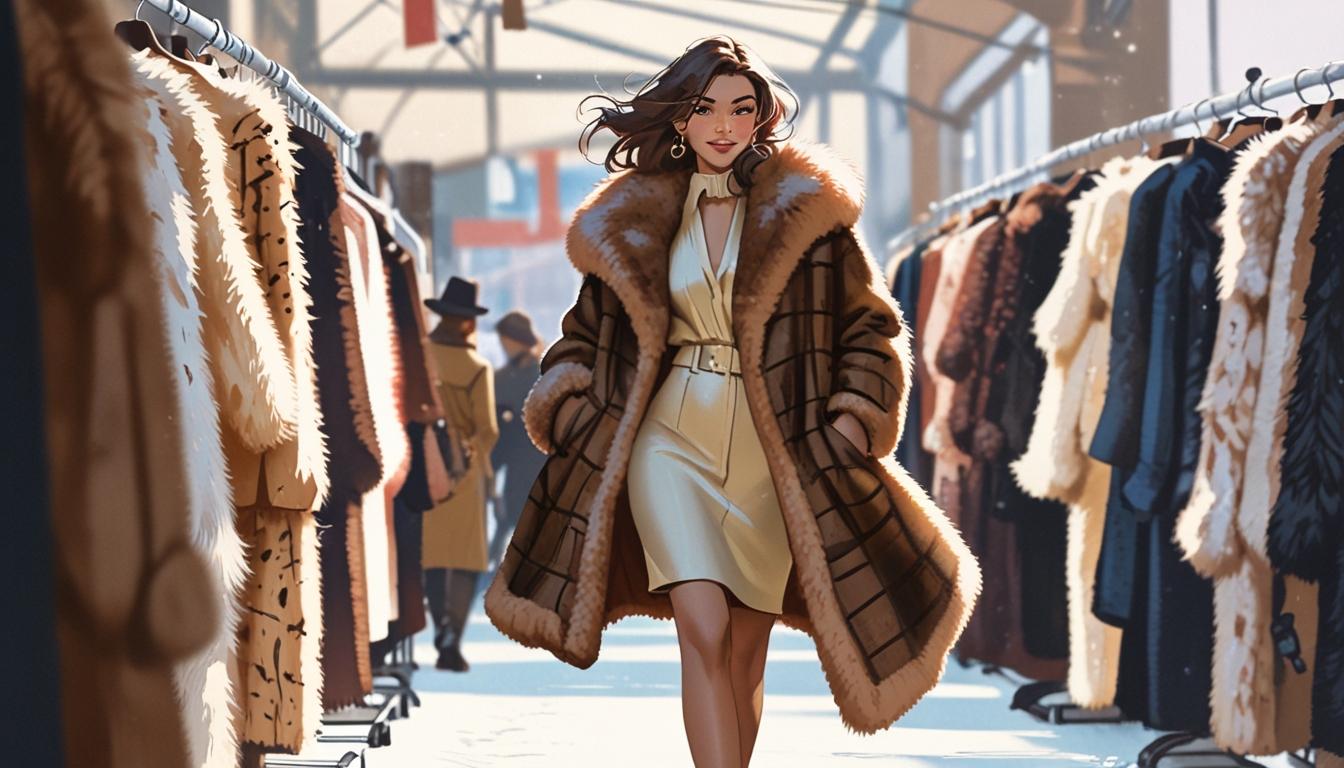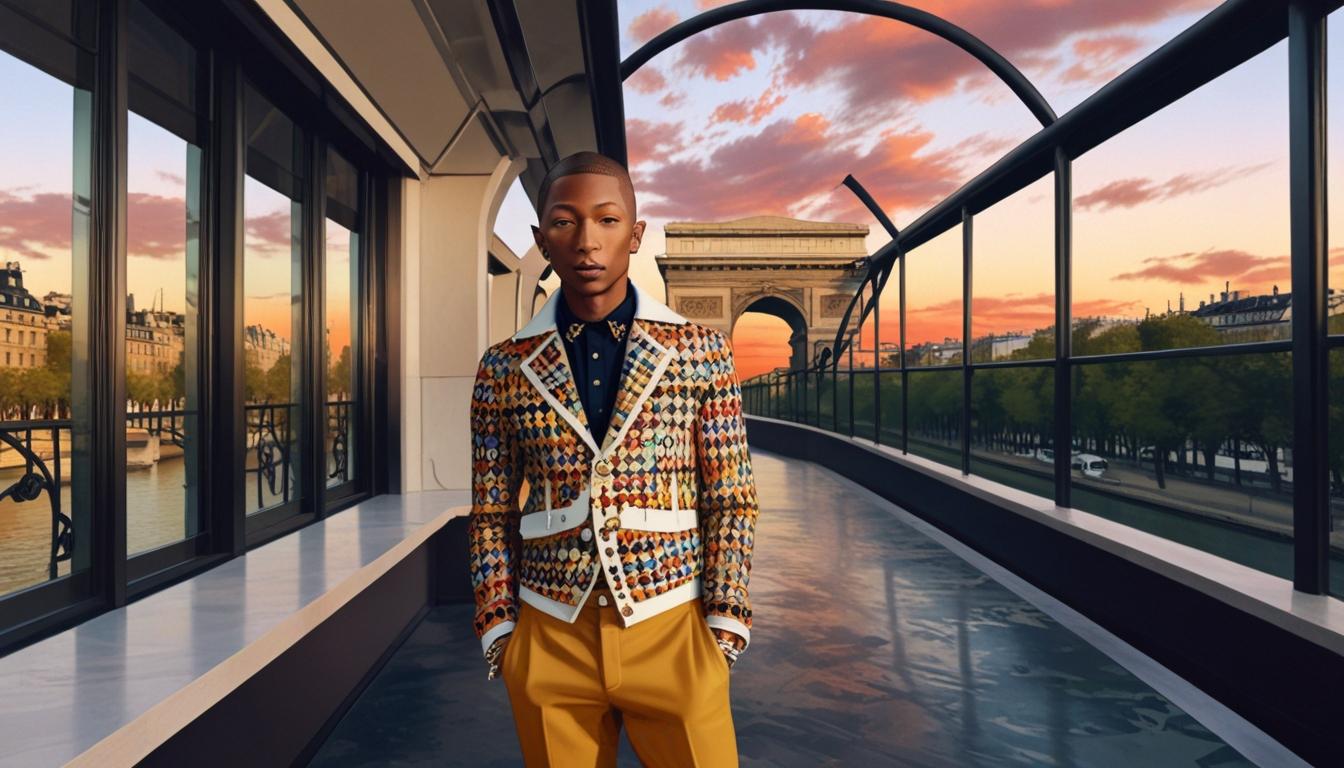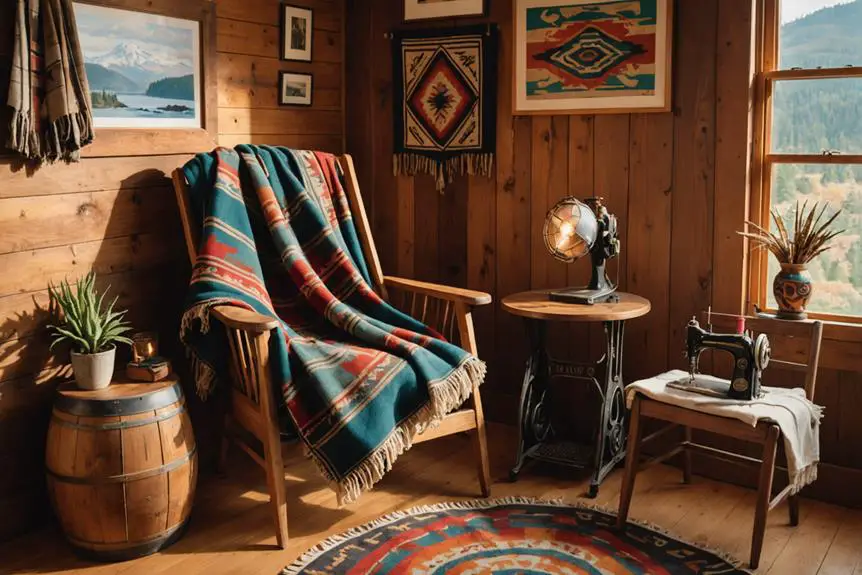New York: The Manhattan Vintage Show in January 2024 marked a surprising revival in fur fashion, attracting a diverse crowd amidst ongoing animal rights debates, as vendors reported significant sales of vintage furs amidst a backdrop of declining new fur production and shifting consumer attitudes.
In early January 2024, the Manhattan Vintage Show showcased a notable return of interest in fur fashion, much to the surprise of many observers. Amy Abrams, the owner of the show, anticipated a “fur-a-palooza,” reflecting an apparent resurgence in demand for fur garments. The event attracted throngs of shoppers who eagerly explored racks filled with fox, mink, and Mongolian fur, with vendors like Igala NYC and the Jennie Walker Archive reporting significant sales, including a sable coat priced at $2,495.
Among the attendees was Lulu Dinh from Jersey City, New Jersey, who, despite owning around ten furs, expressed contentment with her chinchilla coat purchased years ago and stated, “I already have the best.” This uptick in fur fashion appears to coincide with a broader trend, as New York City experienced plunging temperatures, prompting many residents to retrieve their furs from storage.
Despite years of campaigning against the fur industry, led by organisations such as People for the Ethical Treatment of Animals (PETA), which have sought to diminish the acceptance of real fur through protests and activism, a significant shift seems to be taking place. The antifur movement, which gained traction over decades, saw major brands like Calvin Klein and Ralph Lauren abandon the use of fur, particularly after Gucci’s landmark announcement in 2017 to eliminate real fur from its collections. This decision catalysed a domino effect within the luxury fashion industry, leading others such as Burberry, Prada, and Versace to adopt similar stances. By 2021, Kering, the parent company of Gucci, also instituted a company-wide ban on fur, reflecting a substantial change in consumer attitudes towards fur use.
The fur industry, which has experienced a considerable decline, has reported drops in global fur production by 85% in the last decade, with approximately 20 million animals killed for fur in 2023, down from 140 million in 2014. The number of fur farms within the European Union has also significantly decreased, indicating a broader trend away from new fur consumption, particularly following a new law implemented in California banning the sale of new fur products.
Interestingly, the re-emergence of vintage fur has generated contrasting dialogue within the cultural and fashion spheres. Individuals are increasingly embracing vintage fur as a means of preserving style without contributing to new killings, and sales of vintage furs have reportedly seen a rise, with 1st Dibs noting a 14% increase in sales for fur items in 2024. High-profile celebrities have been spotted wearing vintage fur as part of their fashion choices, further popularising this trend.
Whitney Robinson, a hospitality entrepreneur, shared his experiences in Aspen while donning a full-length coyote coat, noting the positive reactions from those around him and emphasising that “the reaction depends on where you are.” Mary Connelly, a lawyer in New York City, proudly displayed her mother’s 1970s Yves Saint Laurent mink coat, showcasing a narrative of passing down vintage furs within families.
The rise of vintage fur has resonated with certain TikTok aesthetics, contributing to cultural phenomena such as “Mob Wife,” which celebrates opulence and vintage luxury. Analysts, such as Anthony Barzilay Freund of 1st Dibs, suggest that vintage fur appeals across political lines, as conservatives might flaunt it in defiance of modern sentiments, while liberals might embrace the practice as a form of sustainable fashion.
However, the resurgence in vintage fur has raised concerns among animal rights activists, particularly PETA, which acknowledges the increased popularity of faux fur but labels the acceptance of vintage fur as potentially misleading. Critics within these organisations argue that wearing vintage fur may inadvertently normalize the aesthetics of the fur industry and lead to new purchases if individuals do not discern the differences in the types of fur being showcased.
As the debate continues, animal rights representatives have cautioned against the trend of vintage fur, articulating concerns that the visibility of vintage garments could inadvertently rekindle interest in new fur products among consumers, thus complicating an ongoing ethical dialogue surrounding fashion and animal rights.
Source: Noah Wire Services



